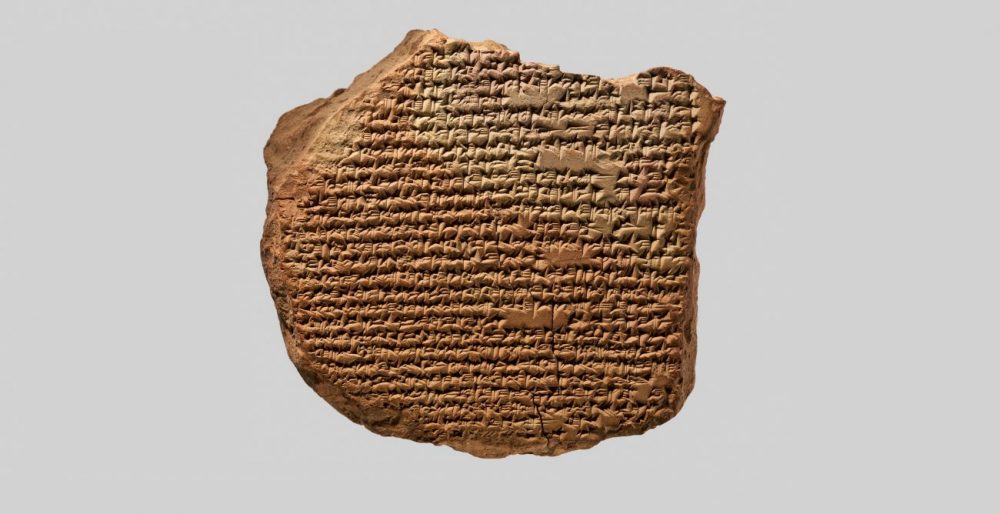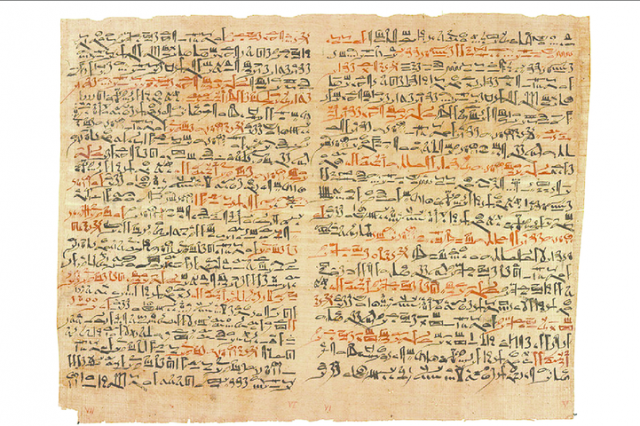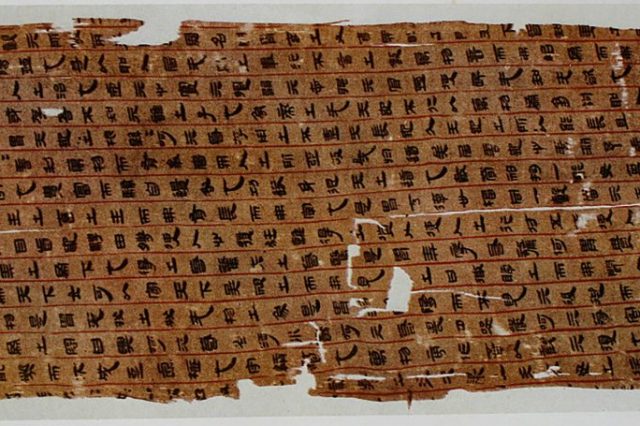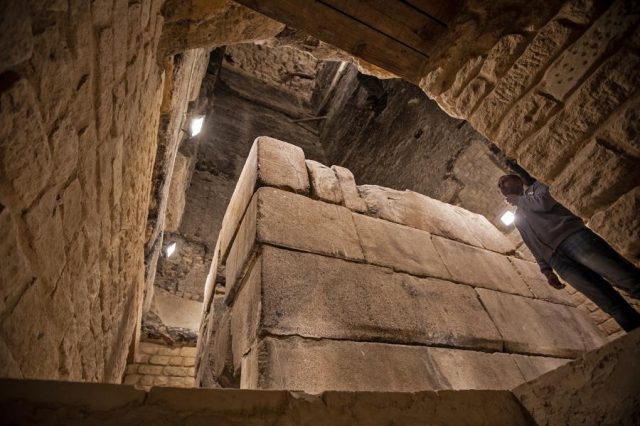2,700-year-old Clay tablets have revealed Ancient “doctors” mixed magic and medicine to heal patients.
Clay tablets dating back more than 2,700 years have revealed that ancient doctors used a mixture of Medicine and magic to cure their patients in ancient times.
The clay tablets recovered in modern-day Iraq more than ten years ago have recently revealed unprecedented secrets about ancient Medicine.
The tablets, written in Cuneiform, were crafted by a trainee doctor from Ancient Sumeria called Kisir-Aššur, who recorded his work in great detail.

The content of the tablets was revealed by a Danish Ph.D. student who analyzed the clay tablets.
The tablets illustrate many aspects of ancient Medicine and the approach ancient doctors took when curing patients thousands of years ago.
The clay tablets reveal fascinating details about ancient Medicine.
The ancient writings reveal that ancient Mesopotamian doctors did not significantly differentiate today’s labeled as magic and considered Medicine.
Many times, their medical treatment included potions, enemas, and bandages. However, ancient doctors used rituals, chants, and prayers to specific deities to cure the spiritual side.
New Insight on Ancient forms of Medicine
Scholars believe that the cuneiform tablets could help shed new light on how the illness was treated in ancient civilizations thousands of years ago.
According to experts, the tablets offer one of the most fascinating and detailed accounts of ancient medical education ever recorded.
Furthermore, experts who studied the tablets say that the medical and magical practices were recorded by Kisir-Aššur in chronological order, allowing experts to trace back and create a timeline of his training.
Speaking to ScientificNordic, Dr. Troels Pank Arbøll from the University of Copenhagen explained:
“The sources give a unique insight into how an Assyrian doctor was trained in the art of diagnosing and treating illnesses and their causes. It’s an insight into some of the earliest examples of what we can describe as science.”
The tablets offer evidence of a mixture of ancient medical practices.
It shows that ancient doctors heavily relied on a traditional medical approach when curing their patients and had room for magical cures.
“He does not work simply with religious rituals but with plant-based medical treatments. It is possible that he studied the effects of venom from scorpions and snakes on the human body and that he perhaps tried to draw conclusions based on his observations,” explained Dr. Arbøll.
As revealed by Mail Online, the ancient doctor wrote:
“If a man is ill with bile, ahhazu-jaundice, or amurriqaanu-jaundice, to cure him: kukuru-plant, burashu-juniper, ballukku-plant, suadu-plant, ‘sweet reed,’ urnû-plant, ataʾishu-plant, ‘fox-wine,’ leek(?), ‘stink’-plant, tarmush-plant, ‘heals-a-thousand’-plant, ‘heals-twenty’-plant, (and) colocynth.”
“You weigh out these 14 plants equally (and) boil (them) in premium beer. You leave (the blend) outside overnight by the star(s). You sieve it (and) add plant oil and honey into it. “
“You pour (it) into his anus.”
The clay tablet written by Kisir-Aššur details the dangers of jaundice caused by bile, the risk it poses to humans, and how it was treated nearly 3,000 years ago.
According to Science Nordic, the ancient Mesopotamians may have believed that some diseases and liquids were connected. This was partly based on the idea that human bile was toxic, explains Arbøll.
“At this time, bile is considered similar to a venomous substance. This is because it can regulate certain bodily processes and could be the cause or contribution to the cause of an illness. This idea is reminiscent of the important Greek physician Hippocrates’ theory of humor, where the imbalance of four fluids in the body can be the cause of illness,” he says.
“However, the Mesopotamian conception of bile seems to differ from the Greek. Moreover, Hippocrates lived some 200 years after Kisir-Ashur and the Assyrian Kingdom’s fall, so it is far from certain that the idea spread from Mesopotamia to the Greeks. But it would be interesting to investigate,” says Arbøll.
“If there are relationships between ancient Mesopotamian medical knowledge and Hippocratic medicine, which I think there are, we must show these connections in the text, which is not easy,” wrote Nils Heeßel, a professor at the Philipps-Universität Marburg, Germany, in an e-mail interview with Scientific Nordic.
“General assumptions on a single doctor’s academic focus can hardly be seen as a trace of later medical traditions,” he explained.
Although the ancient doctor known as Kisir-Aššur predates Hippocrates–who is considered the father of modern Medicine–by at least 500 years, they seemed to have developed similar ideas.
Join the discussion and participate in awesome giveaways in our mobile Telegram group. Join Curiosmos on Telegram Today. t.me/Curiosmos





